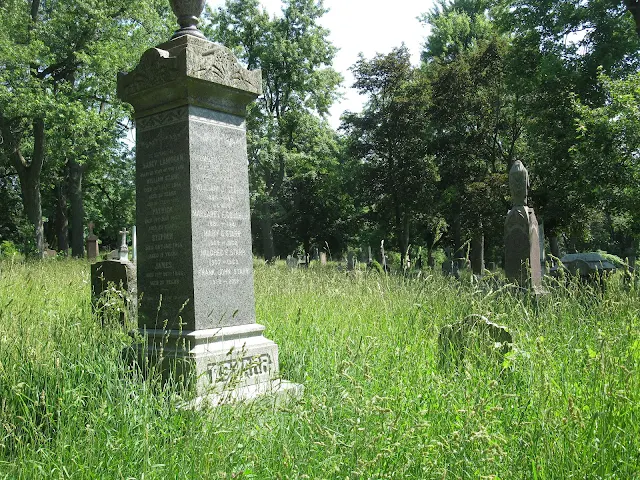On this day, 7 April 1868, almost a year after Canadian Confederation, Thomas D'Arcy McGee was assassinated in Ottawa. There was an incredible outpouring of grief, he was well known as a politician working towards Confederation and he was one of Sir John A. Macdonald's closest friends. McGee was assassinated outside of his rooming house, located within walking distance of Parliament in Ottawa; his funeral in Montreal was the largest funeral for a Canadian politician, statesman, and poet.
 |
The funeral cortege in Montreal, 1868
|
 |
Wanted poster for the assassin of Thomas D'Arcy McGee
|
 |
The funeral cortege in Montreal, 1868
|
.JPG) |
| McGee mausoleum at Cote des Neiges Cemetery, 2015 |
 |
Notman photograph of McGee's Mausoleum, 1926
|
.JPG) |
McGee's mausoleum, 2015
|
.JPG) |
McGee's mausoleum, November 2015
|
.JPG) |
| McGee's mausoleum, November 2015 |
 |
Stephen Morrissey outside of Thomas D'Arcy McGee's mausoleum, winter 2015
|
.JPG) |
| At McGee's Mausoleum, 2012 |
































.%20Murdered%20exactly%20148%20years%20ago%20today%20in%20Ottawa.jpg)

.JPG)

.JPG)

.JPG)
.JPG)
.JPG)

.JPG)
.JPG)
.JPG)
.JPG)



.JPG)

.JPG)
.JPG)
.JPG)
.JPG)

.JPG)